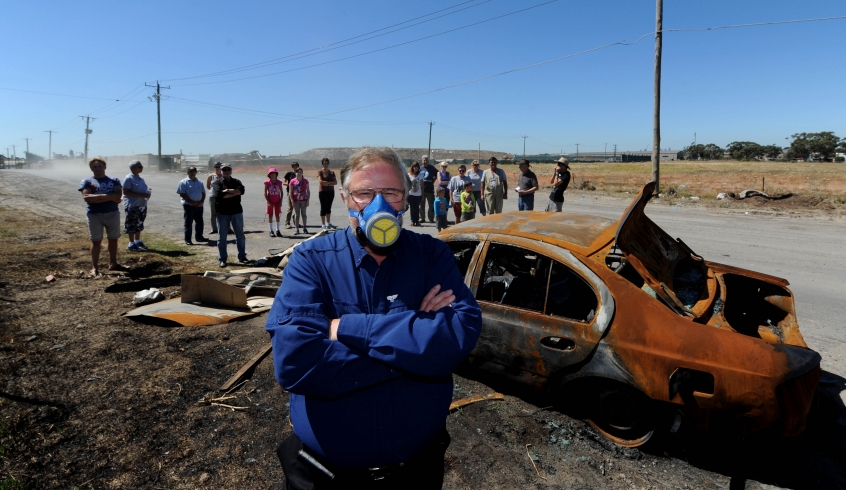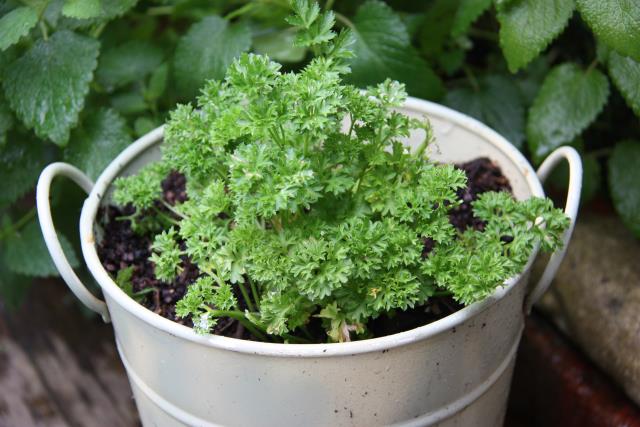FOR many decades, an ill wind has blown in Brooklyn. The suburb suffers from heavy air pollution caused by a nearby industrial estate north of Geelong Road. Its pollution soars well above national health standards and levels elsewhere in the city.
But, despite the Environment Protection Authority’s efforts to address the problem, residents are alarmed by recent data showing days of high dust pollution are again on the rise.
With concerns over the pollution’s effect on health, more locals are calling on the Baillieu government to step in and tackle the problem once and for all.
Carmen Largaiolli said she and other Brooklyn residents had put up with cars and houses covered in dust for years. She said a fine black soot continually built up on the window sills and in the bathroom of her house.
“We’ve got a Third World zone nine kilometres from Melbourne’s CBD.”
The cities of Hobsons Bay and Brimbank last week endorsed submissions to a Senate inquiry into air quality, calling for urgent attention to protect the health of residents in and around Brooklyn. The submissions state that residents surrounding “Victoria’s worst pollution black spot” are at risk of respiratory infections, allergic reactions, asthma attacks, chronic respiratory diseases and heart conditions.
Dust levels in Brooklyn’s industrial area peaked again this summer, blowing up to eight times the World Health Organisation’s safe maximums.
Brimbank Council administrator Jane Nathan said Brooklyn residents faced up to 50 days a year when dust was at an unhealthy level.
“Last year it exceeded 40 days and moved up to 50 days when there was unacceptable risk to residents and their health. If you compare our levels in Brooklyn to areas like South Yarra and Brighton, where residents have only around two days a year where there is unacceptable levels of dust, it is just unbelievable.”
EPA chief John Merritt said dry, windy conditions so far in 2012-13 had exacerbated the problem.
Bert Boere, of the Brooklyn Residents Action Group, said that while the EPA had tried hard, the problems were too large for a single agency. He called for the adoption of a local council-developed plan — the Brooklyn evolution project — to modernise the industrial precinct, which, he said, would need all-of-government support.
Williamstown MP Wade Noonan said that in light of a recent Baillieu government action plan for dealing with pollution in the Yarra River and Port Phillip Bay, the government should now also commit resources to Brooklyn’s environment problems.
—With Melissa Cunningham







